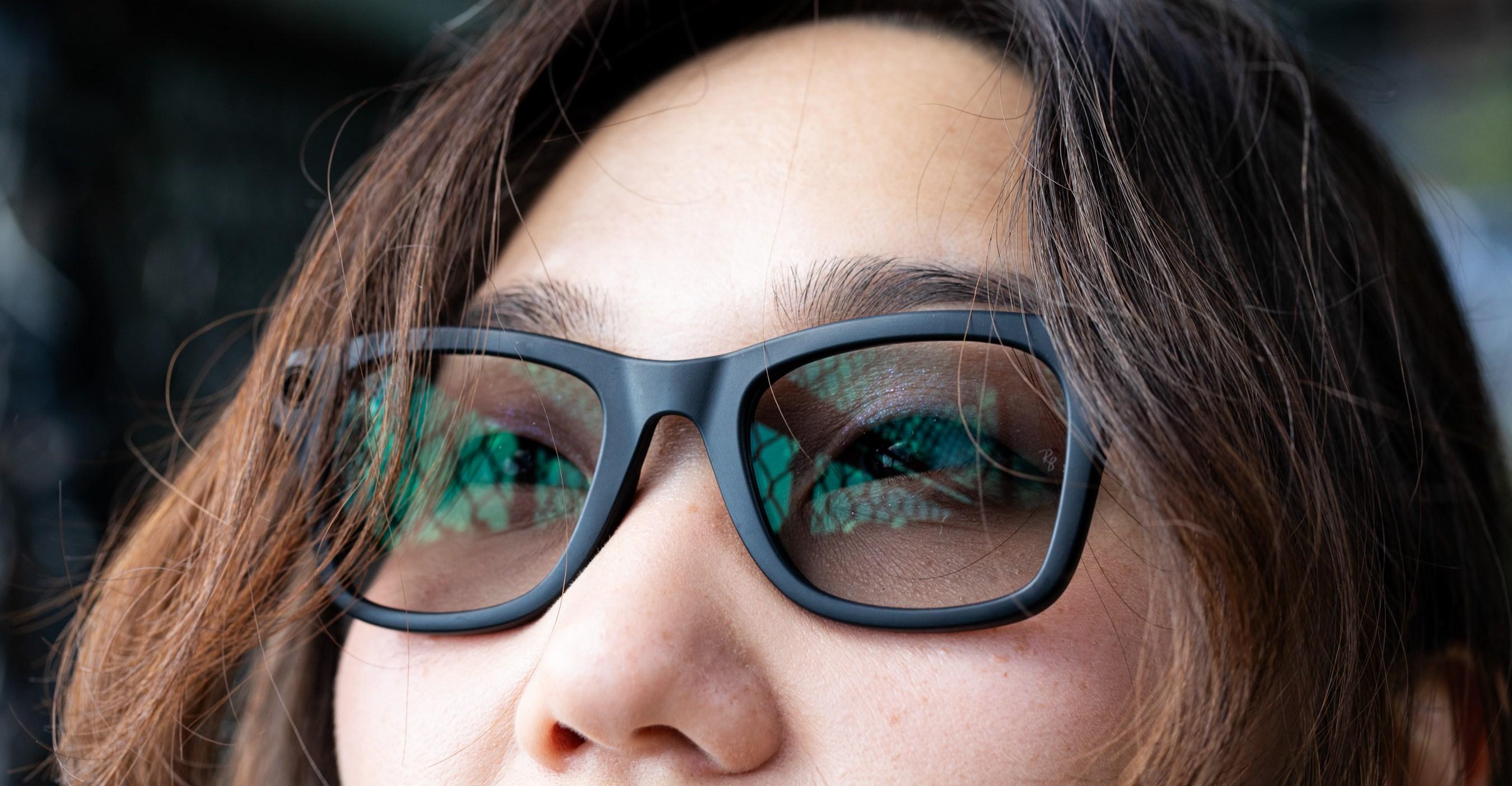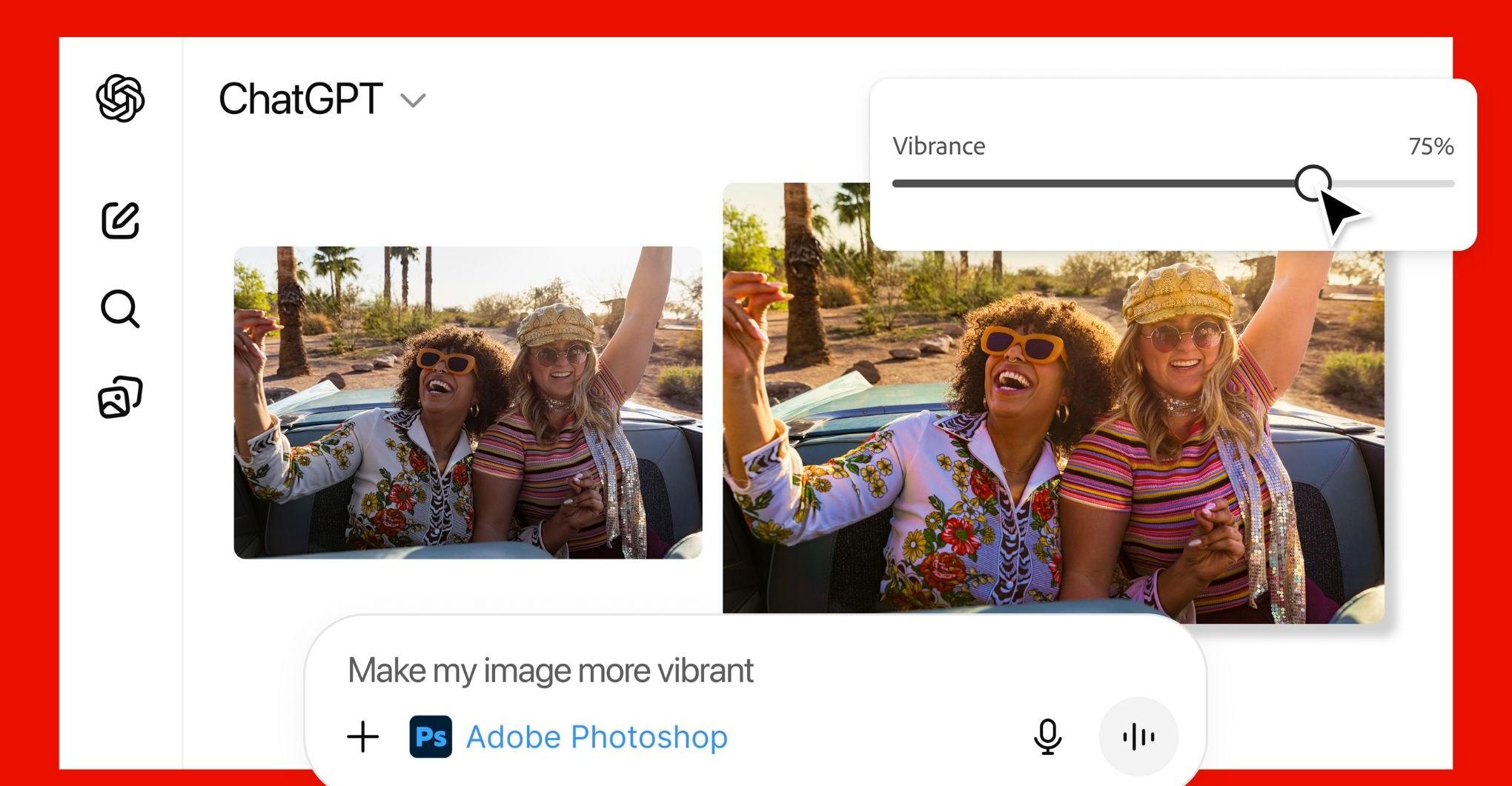- Home
- Technology
- News
TikTok mulls labelling AI-generated images, video from OpenAI and elsewhere
The famous social media app says it would adopt “Content Credentials,” a digital watermark that denotes how images were created and edited


(Reuters): TikTok said on Thursday it would start using a technology aimed at helping it label images and video generated by artificial intelligence and uploaded to the video-sharing service.
TikTok said it would adopt “Content Credentials,” a digital watermark that denotes how images were created and edited. The Content Credential technology was spearheaded by Adobe but is open for other companies to use and already has been adopted by companies such as ChatGPT creator OpenAI.
Researchers have expressed concerned that AI-generated content could be used as misinformation in an attempt to interfere with U.S. elections this fall. TikTok was already among a group of 20 tech companies that earlier this year signed an accord pledging to fight it.
YouTube, owned by Alphabet’s Google, as well as Meta Platforms, which owns Instagram and Facebook, have also said they plan to use Content Credentials.
For the system to work, both the maker of the generative AI tool used to make content and the platform used to distribute the contents must both agree to use the industry standard.
If a person uses OpenAI’s Dall-E tool to generate an image, for example, OpenAI attaches a watermark to the resulting image. If that marked image is then uploaded to TikTok, it will be automatically labeled as AI-generated.
TikTok, which is owned by China’s ByteDance, has 170 million users in the United States, which recently passed a law requiring ByteDance to divest TikTok or face a ban. TikTok and ByteDance have sued to block the law, arguing it violates the First Amendment.
TikTok already labels AI-generated content made with tools inside the app but the latest move would apply a label to content generated outside of the service.
“We also have policies that prohibit realistic AI that is not labeled, so if realistic AI (generated contents) appears on the platform, then we will remove it as violating our community guidelines,” Adam Presser, head of operations and trust and safety at TikTok, said in an interview.
Bondi Beach shooting: Australia hails ‘hero’ Ahmed who stopped gunman
- 20 hours ago
Week-long anti-polio campaign underway across country
- 2 hours ago
Seven khwarij killed, soldier martyred in DI Khan counter-insurgency operation: ISPR
- 2 hours ago
Under-19 Asia Cup: India beat Pakistan by 90 runs
- 21 hours ago

How do you know if you’re wasting your life?
- 13 hours ago
NHL board of governors eager to see more 'color vs. color' jersey matchups
- a day ago
Australian PM declares Sydney shooting a ‘terrorist’ attack targeting Jews
- 20 hours ago

SBP slashes key policy rate to 10.5pc
- 2 hours ago
Pakistan aims to become model in digital assets regulation: Bilal saqib
- 20 hours ago

Pakistan condemns attack on UNISFA in Kadugli, Sudan
- 20 hours ago
Source: Gray, Nats reach deal to avoid arbitration
- a day ago
Security forces kill 13 Khwarij in two separate engagements in KP: ISPR
- 21 hours ago













